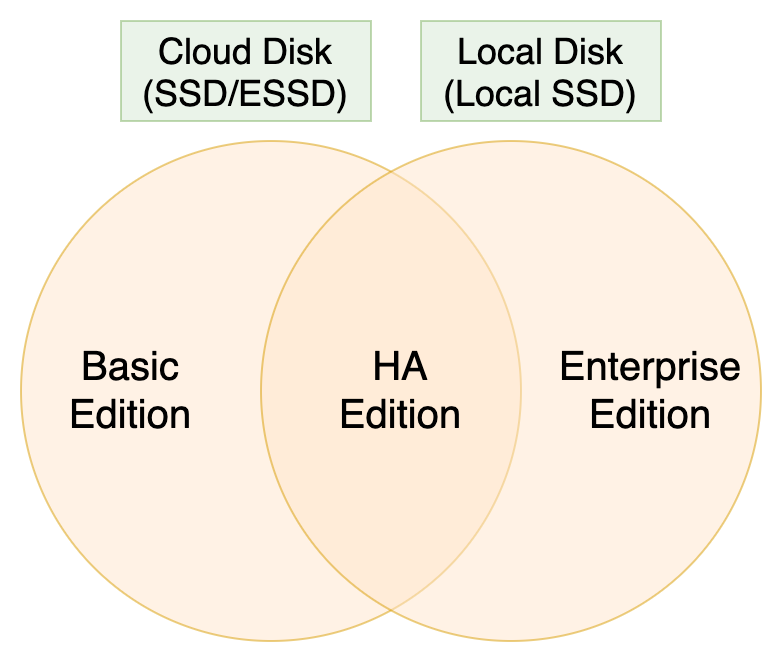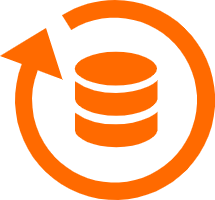By Jeremy Pedersen
Welcome back for the 16th installment in our weekly blog series! This week we're doing something we haven't done in a while: answering those burning user questions!
This is a really excellent question, since there's a lot to think about!
First, let's clear up some terminology:
First, when you purchase an ApsaraDB for RDS database, you must choose four things:
Choices 1, 2, and 3 are permanent: once you settle on a database type, edition, and storage type, you cannot change these later (except by backing up your database and restoring onto a new, different RDS instance). Choice #4 is less permanent: you can upgrade or downgrade your instance's CPU and RAM settings as needed.
Further, some choices you make will affect others. For instance:
The disk type you choose will affect:
Let's take a look at the differences here:
Local disk pros: Extreme performance (I/O, latency), flexible backup and restore.
Local disk cons: More expensive, database size limited to 2 TB (MySQL). Does not support "Basic Edition" RDS.
Cloud disk pros: Cheap, I/O performance still quite good, database sizes up to 32 TB (MySQL).
Cloud disk cons: No physical or logical backup option. Does not support "Enterprise Edition" RDS.
As it turns out, the only time you have to make a decision about what disk types to choose is when using "High Availability Edition". With both "Basic Edition" and "Enterprise Edition", the choice is made for you by RDS:

The RDS "Edition" you select (Basic, HA, or Enterprise) may affect which database engines and versions are available, so take a close look at the database engines being offered as you switch between editions.
This is true: the database types supported are similar. From a user perspective, there isn't any (obvious) difference between them. Under the hood, however, there is a big difference: PolarDB is built with a decoupled storage/compute architecture that makes it possible for PolarDB databases to grow larger (up to 100 TB), handle more loads (up to millions of QPS), and even scale in and out horizontally (for some configurations). If you are planning to really scale up, PolarDB is a better choice than RDS.
Better still, PolarDB offers good support for migrations away from Oracle (see PolarDB-O).
Yes! We aren't trying to lock you in. You can use Data Transmission Service (DTS) to:
DTS can even migrate between different database engines, say from MySQL to PostgreSQL. We're flexible that way.
Unfortunately the answer is no. However, you can put them in different zones within a region, which will still allow your database to survive the failure of a single Alibaba Cloud datacenter within that region.
If you really really need multi-region redundancy, you can achieve it using DTS. There's a YouTube Video explaining how as well as this blog post by our Alibaba Cloud MVP Alberto which explains how to do active-active cross-region synchronization using DTS.
Great! Reach out to me at jierui.pjr@alibabacloud.com and I'll do my best to answer in a future Friday Q&A blog.
You can also follow the Alibaba Cloud Academy LinkedIn Page. We'll re-post these blogs there each Friday.
Friday Blog - Week 15 - CloudMonitor, Slack chat, and Function Compute: A Perfect Match
JDP - March 26, 2021
JDP - May 7, 2021
JDP - April 9, 2021
JDP - April 30, 2021
JDP - June 4, 2021
JDP - May 14, 2021
 PolarDB for PostgreSQL
PolarDB for PostgreSQL
Alibaba Cloud PolarDB for PostgreSQL is an in-house relational database service 100% compatible with PostgreSQL and highly compatible with the Oracle syntax.
Learn More PolarDB for Xscale
PolarDB for Xscale
Alibaba Cloud PolarDB for Xscale (PolarDB-X) is a cloud-native high-performance distributed database service independently developed by Alibaba Cloud.
Learn More PolarDB for MySQL
PolarDB for MySQL
Alibaba Cloud PolarDB for MySQL is a cloud-native relational database service 100% compatible with MySQL.
Learn More Database Backup
Database Backup
A reliable, cost-efficient backup service for continuous data protection.
Learn MoreMore Posts by JDP